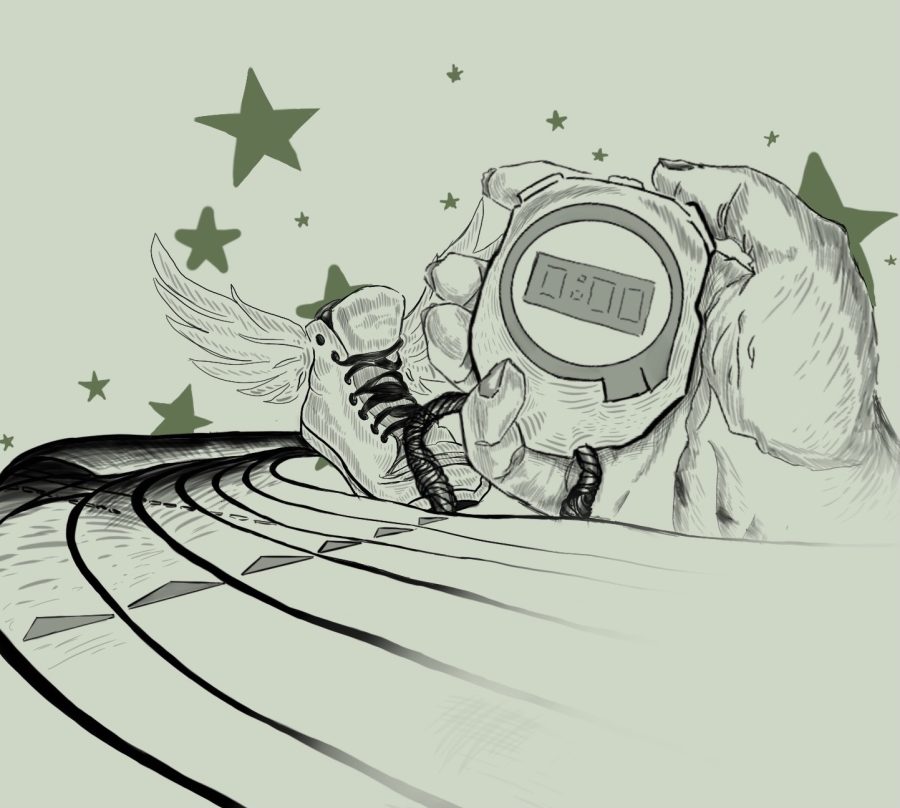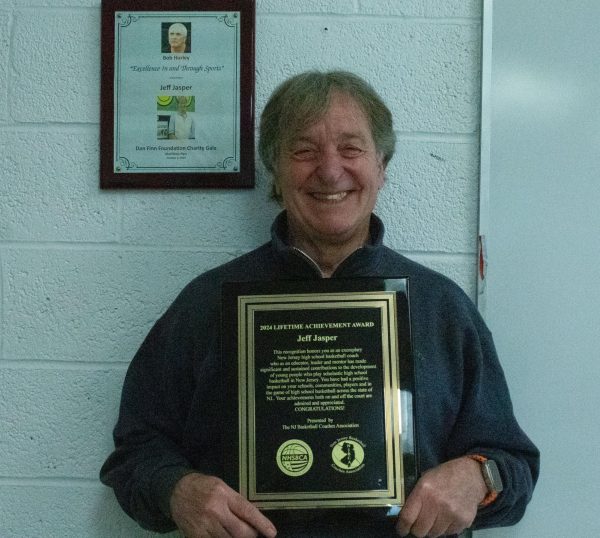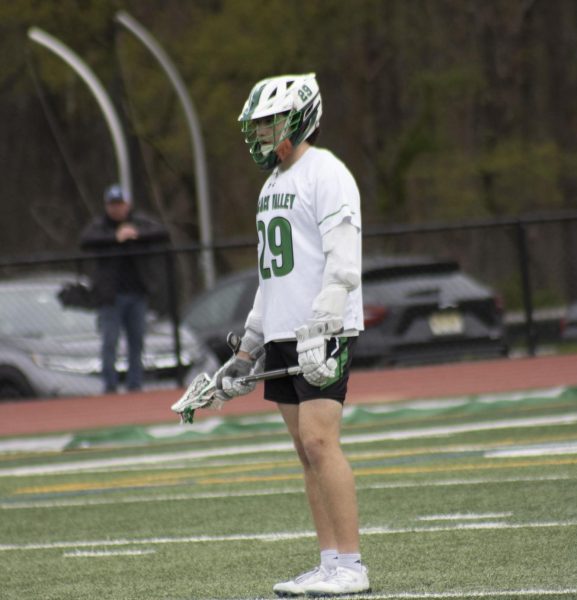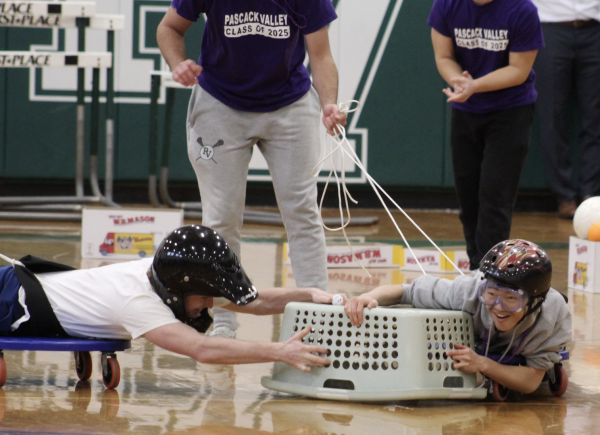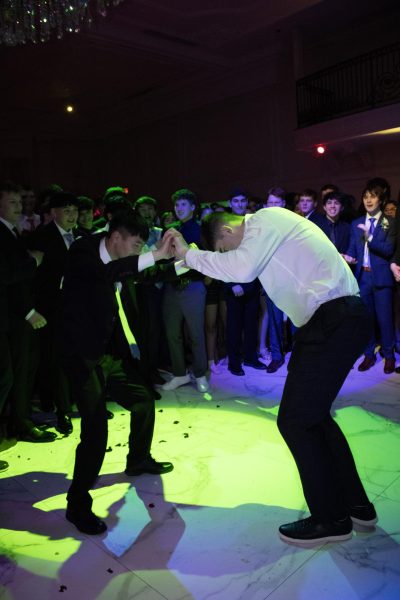A look into the P.E. Mile
Faculty and students share their opinions on the mile. Students’ times are recorded at the beginning and end of the school year.
Pascack Valley students have been running the mile for at least seven years. Running the mile is the gym department’s SGO [Student Growth Objective] test. Gym teachers aim to see improvement between the first and second mile times that are recorded at the beginning and end of the school year.
The gym department does its SGO through the five fitness components: muscular strength, muscular endurance, cardiorespiratory endurance, flexibility, and body composition. According to PV physical education teacher Ronald Villone, running the mile falls under the categories of muscular strength, endurance, and cardiovascular or cardiorespiratory endurance.
“When you run a mile, it’s good for you [and] your cardiovascular endurance,” Villone said. “It’s better for your heart [and] your working muscles. Your heart’s a muscle. It’s a muscular organ, so there are positive impacts that go along with that.”
When Villone taught at Pascack Hills last year, he had his students run the mile in March, immediately after they were cleared to do PE activities due to COVID-19 restrictions, and again in June.
However, many students at PV did not complete both benchmarks over the past two years. This leads many to wonder what would happen if the mile was cut from the curriculum.
“It’s more of a teacher evaluation than it is for the students. Some of them don’t mind doing it, and some of them do,” PV physical education teacher Amy Lombardo said. “I think like most kids now, unless they are playing the sport, don’t get much physical activity, so I feel like [if students no longer ran the mile], it would be a loss in the whole unit of fitness.”
Both Villone and Lombardo feel that running the mile is especially important for non-student athletes.
“After you graduate, unless you continue to play intramural sports or whatnot, as you grow older, most of the fitness comes from running or going to the gym,” Villone said. “It doesn’t really come from as many games, so I think that’s also an important piece that students are able to incorporate skills like that [into gym class].”
Lombardo grades the assignment based on students’ efforts.
“We don’t grade it at a certain time,” Lombardo said. “It’s not like if you get a certain time, then you get a certain grade. It’s basically graded on effort. So if you attempt to jog it, then you will obviously get a good grade. If you don’t put in any effort to complete the four laps, then obviously your grade will be lower.”
Some coaches like Lombardo choose to have their athletes run a timed mile, while some like Junior Varsity Boys Soccer Coach Villone don’t. Lombardo uses the mile times of the Varsity Girls Soccer team to gauge where they are physically and to prepare for the season.
“Some kids just want to play sports during phys-ed; some just rather walk during phys-ed, so we kind of tried to find a happy medium. I think it is a good balance,” Lombardo said. “The mile test has been used all over the place and pretty much every school and athletic team uses it. So I don’t think it’s a negative thing.”
Villone believes that running the mile is not as bad as students make it out to be.
“We just want the students to do their best, essentially, so it’s not like we’re trying to punish them. But if the worst thing you have to do all day is run a mile, you have a pretty good day,” Villone said.

Maya Schlessinger, Pascack Valley senior, is an avid writer of all things PV. Joining the Valley Echo sophomore year, she learned quickly and rose in the...

Ioanna is a sophomore, and this is her first year of being a part of the PV Student Publication. She is looking forward to expanding her illustration skills...

